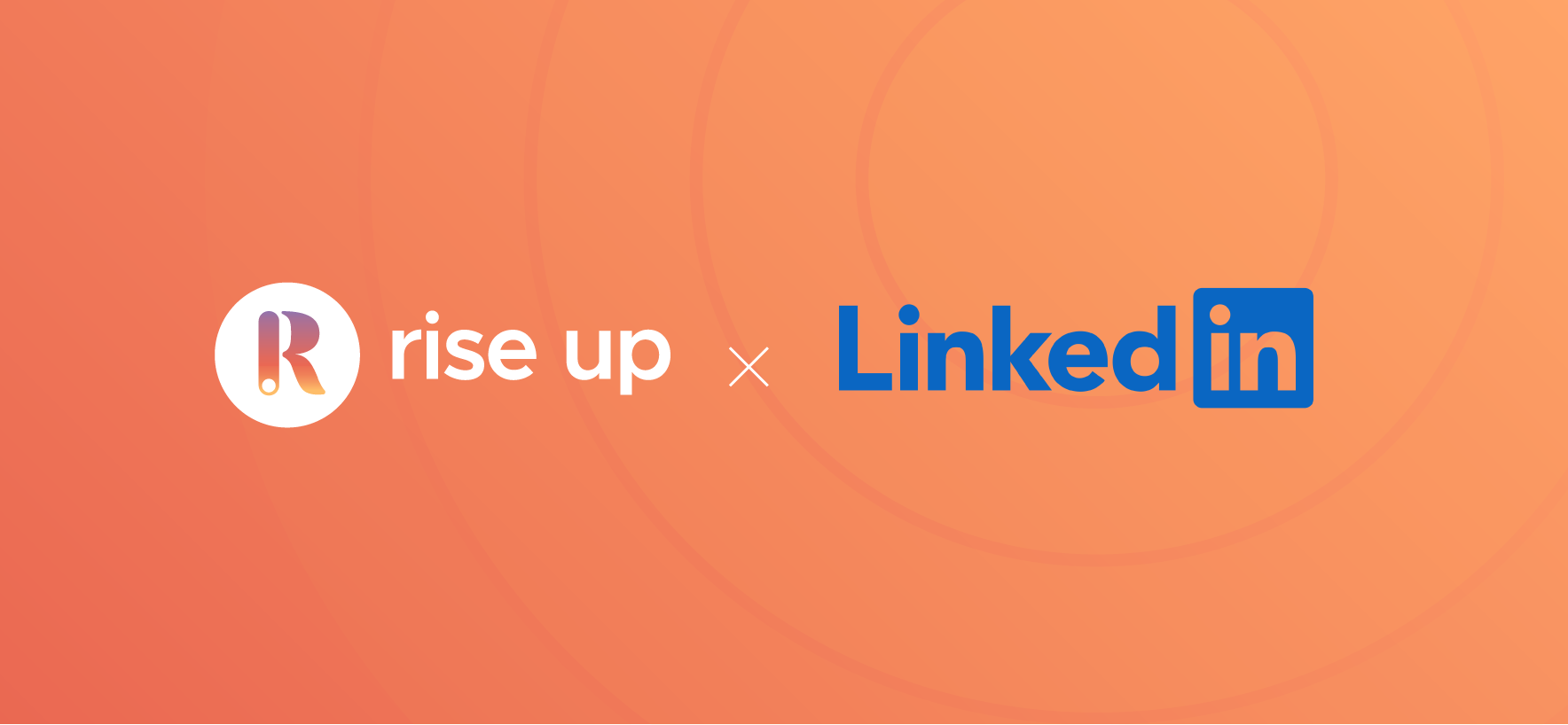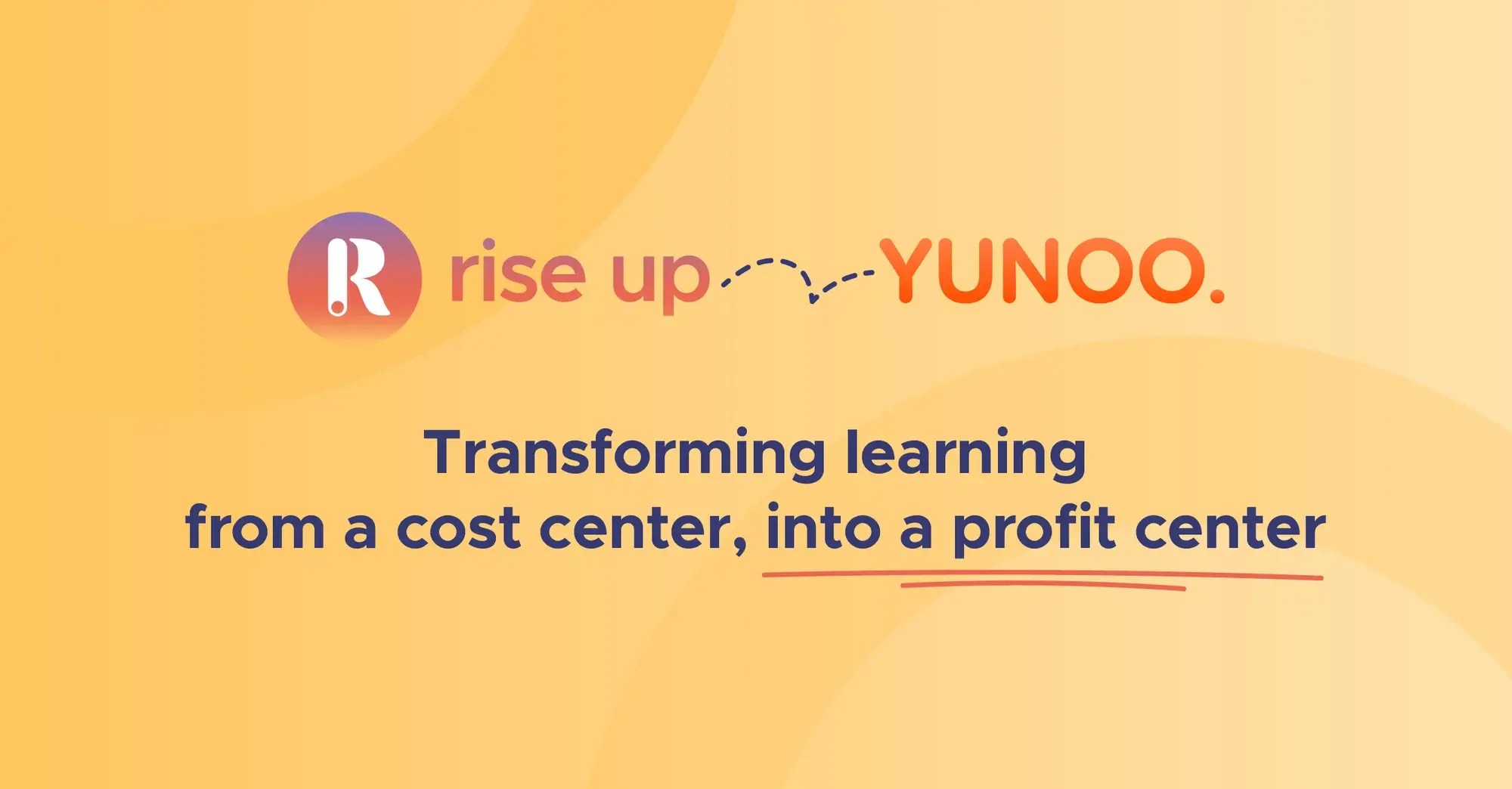Why it's important to incorporate mental health within your L&D program
6 minutes of reading | 2023-03-13
Mental health costs UK employers £56 billion each year (Deloitte). At any one time, one in six of Britain’s working-age population experiences symptoms associated with mental health (Royal College of Psychiatrists), and half of the employees have experienced at least one characteristic of burnout (Deloitte).
Mental health is a big and growing issue for employers and was a focal point at the AELP Spring Conference.
With the growing importance of home working, the nature of work has changed for many people, and this has an impact.
Working from their kitchen or bedroom, people are less physically or emotionally connected to work than before. But, in other ways, the always-on nature of phones and laptops means they are never wholly disconnected. We are only now beginning to see the long-term effects of the power of working anywhere.
On top of this, rising living costs and the threat of unemployment nag at people’s mental well-being. In some sectors, staff shortages mean people are asked to do more or handle backlogs and delays daily. The tech sector, which was seen as one of the most secure sectors to work in, has had 101,657 layoffs in the first six weeks of 2023. No industry is safe.
If mental health is a growing issue, employers need to deal with it. But should it be a Learning and Development issue?
Why should L&D teams care about mental health?
1. It's required by law
Employers have a duty of care, which means they must do all they reasonably can to support their employees' health, safety, and well-being.
This includes:
- ensuring the working environment is safe
- protecting staff from discrimination (and under the law, someone with poor mental health could be considered disabled)
- carrying out risk assessments.
Employers must treat mental and physical health as equally important. HR teams are central to this, and the L&D function can help to support their efforts and alleviate some of the strain through training and compassionate-led programs.
2. It’s compassionate
Aside from the legal obligation, there is the moral case for looking after our people. They’re our colleagues, part of our extended team, and we don’t want someone to feel neglected or uncared for.
3. It’s profitable
Quite simply:
Improved engagement + improved retention = improved profit
Investing in supporting people’s mental well-being will improve both engagement and retention.
How to incorporate mental health into your L&D program
There are two aspects; firstly, the content and training you create that explicitly cover mental health matters.
Then there are the changes you might make to the overall provision of L&D to ensure that it doesn’t add to or aggravate people’s mental health.

Developing mental health resources
As with any other training, this starts with developing a corporate plan and approach to employee wellbeing. Mapping out the plan and resources need to be used by staff and embedded into the training programs.
For example, if your company is passionate about specific causes linked to mental health, which are promoted externally, it’s critical that you back up the promotions with solid internal work and assets that employees are familiar with and use. ITV’s Speaking Up Policy embedded in their external brand campaigns will mean a relevant internal training document surrounding the importance of communicating that staff can access.
Consider what mental health aspects you want all your employees to receive in training and what should be included in onboarding new staff. Other deciding factors include how often assets should be reviewed and refreshed. How often should employees have a refresher? These all play a key role in creating relevant, valuable training programs versus outdated tick-box exercises.
Another important L&D-led aspect is to train mental health first aiders. Consider this with the same priority as you do physical first aiders. Do you have people equipped to step in when an employee experiences the first signs of stress? Or encounters the straw that breaks their camel’s back of resilience? How will you train these volunteers within the organization? And how will you promote and champion them as trusted members that the rest of the company feels they can speak to?
Ensuring L&D doesn’t add to the problem
Sometimes well-intentioned provision adds to the problem, layering additional stress and perceived expectation on already overburdened staff.
To avoid this, review your L&D catalog and requirements to remove unnecessary burdens. Ensure that training sessions are valuable and only contain what’s needed. Focus on skills that will make a tangible difference and enhance learners’ ability to perform their roles.
Measure and evaluate continually to seek improvements. Include feedback and survey sections at the end of courses. Ask, how can we make this better for the learner? How can we make learning more accessible? Identify issues, gather data, and develop targeted solutions that improve skills adoption while alleviating any friction.
For example, does your L&D delivery support learners in different situations? Does it work for learners with limited time or limited access? Can they access the training offline? Do you have mobile app access, or is the training only available at their desk via desktop? What about learners where English is not a first language? Also, consider the needs of those who learn slower or faster or those who are neurodiverse.
More reserved learners often feel inhibited in a typical classroom setting. Simply asking a clarifying question can add to the stress you’re trying to alleviate. Features like the ability to ask questions in the online chat help learners eliminate friction without adding anxiety.
Mental health is an L&D issue, whether that’s explicitly training on health issues or ensuring that L&D reduces rather than adds stress to employees’ lives.
At Rise Up, our purpose is to “Own Today”. We help organizations and employees stay up-to-skill every day. Mental health and well-being are a core part of that. Effective learning alleviates stress, and those in good mental health are more effective learners. The two go hand-in-hand.




